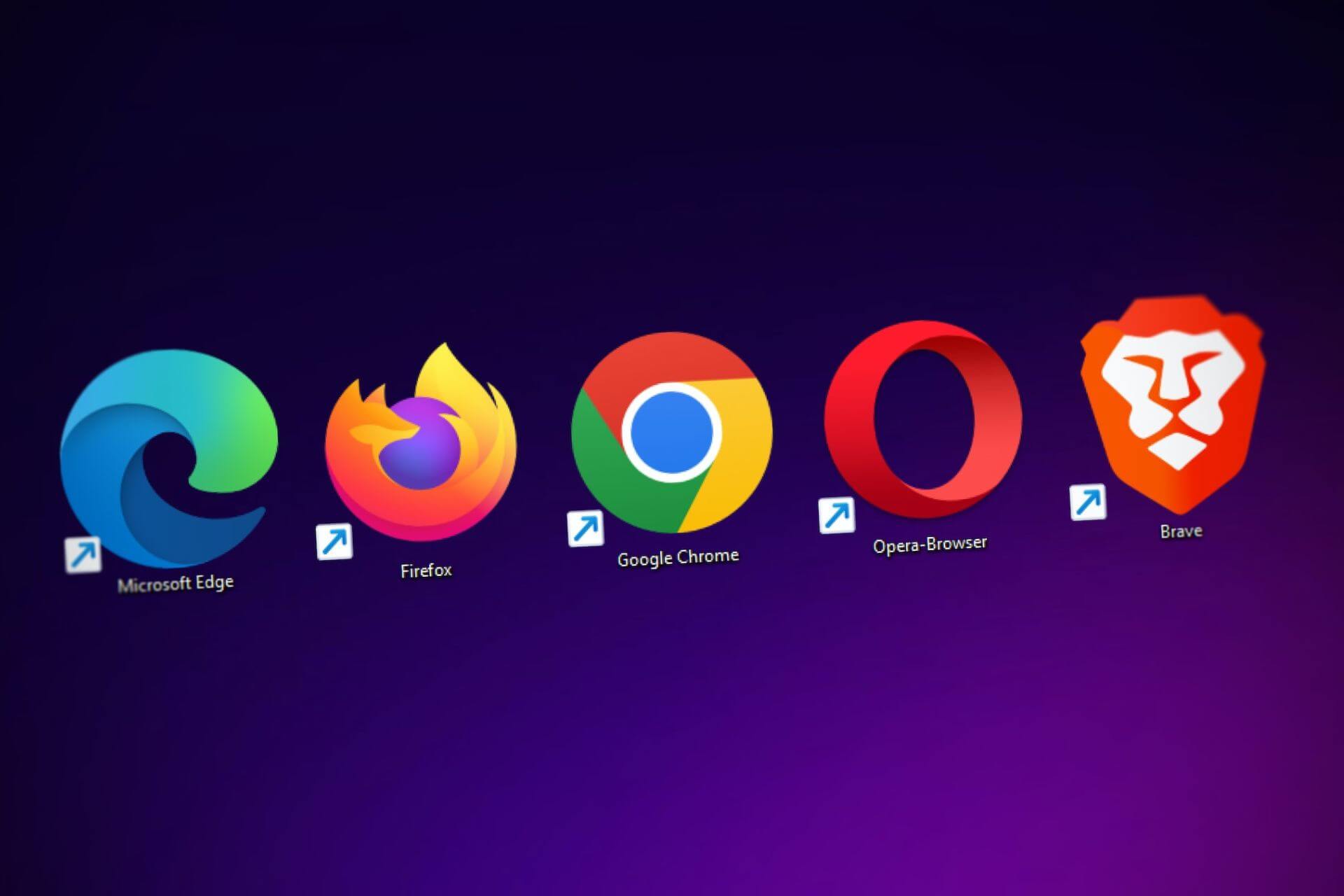
Data Lake vs. Big Data: What Sets Them Apart?
October 20, 2023 - Ellie Gabel
Revolutionized is reader-supported. When you buy through links on our site, we may earn an affiliate commision. Learn more here.
Pitting a data lake vs. big data is a nuanced battle, primarily when people consider what each resource is best intended for. Data lakes and big data also have unique target audiences, types of data, and similar yet different industries incorporating them.
The language around them is nebulous for those outside the tech niche and particular for those inside it, so let’s make them distinct. What is big data? What are data lakes? Where do they overlap in their personal Venn diagram?
What Is a Data Lake?
A data lake is a collection of raw structured and unstructured data, which requires us to look into what those categories include.
Structured data is quantitative and formatted, like Excel spreadsheets and financial transactions with metadata. Data analysts can easily search for structured information in data lakes. Unstructured data is the opposite. It is qualitative, hard to sift through, and inherently unorganized because of how many variables it contains. It is unformatted. Some examples include text files or backed-up social media data.
Data lakes support both data types, and none of them necessarily has to relate to each other. However, they coexist without corruption. Data professionals can employ AI or processing tools to dig deep into the information, attempting to parse and determine from it. For example, a Fortune 500 company may want to know more about its customers in a specific geographic area. Tools could go through data lakes to give administrators those insights.
Data lakes often need clarification from data warehouses. Warehouses parse data related to each other with defined programming and schema parameters. The non-relational data from other digital surface areas would disrupt what data warehouses want to do. The data also gets to each location differently. Information gets to data lakes through these steps:
- Ingestion: The act of delivering data, such as exporting and being approved by a security protocol.
- Extraction: The task of pulling what is most important from the data to consider size.
- Cleansing and consistency: The constant maintenance of altering, categorizing, and updating data for accuracy.
What Is Big Data?
Big data is a technological concept rather than a tool. It describes hard-to-analyze data sets that require processing practices beyond traditional methods. It has so much information and metadata that humans cannot use software to go through it. Big data contains so much complexity that experts are still trying to find ways to make sense of massive data sets. It includes structured, unstructured, and even semi-structured data.
Professionals describe big data with seven V’s, which include:
- Volume: The amount of data.
- Velocity: The speed at which data is processed when accessible.
- Variety: The variance of data assets.
- Variability: The differences between similar data types.
- Veracity: The accuracy of the set.
- Visualization: The way data translates to graphical representations.
- Value: The gravity and meaning of the data resources.
It was initially only the first three V’s until experts’ understanding of big data became more realized. Examples of big data include internet clickstream logs, social media feeds, or GPS databases.
Companies use big data for any number of use cases. They understand their audiences more or determine trends within their niches. It is a concept that captures data without the task of refining it.
How Do They Overlap?
Data lakes are subsets of big data — a type of digital architecture that attempts to reign in on some of the vastness. For example, Instagram’s big data could become more tangible with data lakes separating ad and transaction information from user demographics. It allows for more granular data processing and analytics, and lakes encourage exploration. Exploring through big data is not possible.
They also overlap in that both systems need top-tier cybersecurity. Big data arguably needs more because of its vastness, making it more complex to protect. Because data lakes are localized, they can have more security barriers like authentication, whereas big data is more accessible.
The types of people who study big data and use data lakes also vary slightly. Data scientists and analysts are in both camps, but data lakes are usable by more professionals. Working through each requires expertise, but business analysts, for example, could pore through a data lake and gain knowledge. They may need to gain experience with big data.
Where they most align is their purpose. Companies use big data and data lakes for similar intentions. They are both intended for storing data. People use them for data analytics. It just depends on what the format is. If you want to search through data easily for quick processing, data lakes are the place to be.
Big data can’t provide that experience, but they both prioritize holding a lot of information with immense variety. Without these working side by side, businesses would not be able to grow, and governments could not inform legislation about relevant trends and events in the world. Over 53% of companies are adopting big data analytics strategies, so it is an inarguable asset.
Data Lakes and Big Data in Numbers
Each tool has its crossovers and benefits, and everyone is taking them seriously. Visualize how much of an impact data lakes and big data is making by reviewing these astonishing facts:
- Around 97.2% of companies are investing in big data alongside AI.
- Everyone generates around 1.7 MB of data per second, equalling the world’s total amount of data of 94 zettabytes.
- Anywhere between 60-73% of companies do not use big data as much as they should for analytics.
Data lake onboarding could cost a company anywhere between $200,000 to $1 million, depending on the scope.
Data Lake vs. Big Data — What Is More Useful?
Comparing these two entities is only useful if you have a specific use case. They are each powerful assets that overlap in particular ways that empower industries by organizing data storage and revealing insights.
Big data is necessary because of the information the internet processes, but data lakes make them accurate and usable. They become actionable but can only get there by first being perceived as big data.
Revolutionized is reader-supported. When you buy through links on our site, we may earn an affiliate commision. Learn more here.
Author
Ellie Gabel
Ellie Gabel is a science writer specializing in astronomy and environmental science and is the Associate Editor of Revolutionized. Ellie's love of science stems from reading Richard Dawkins books and her favorite science magazines as a child, where she fell in love with the experiments included in each edition.




